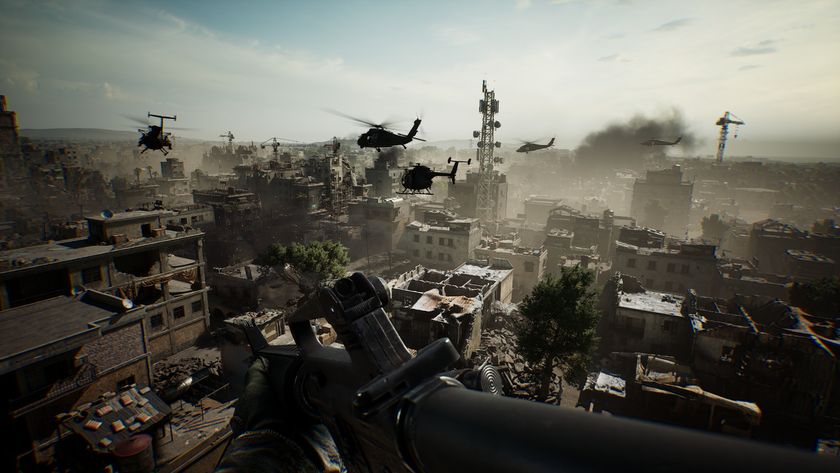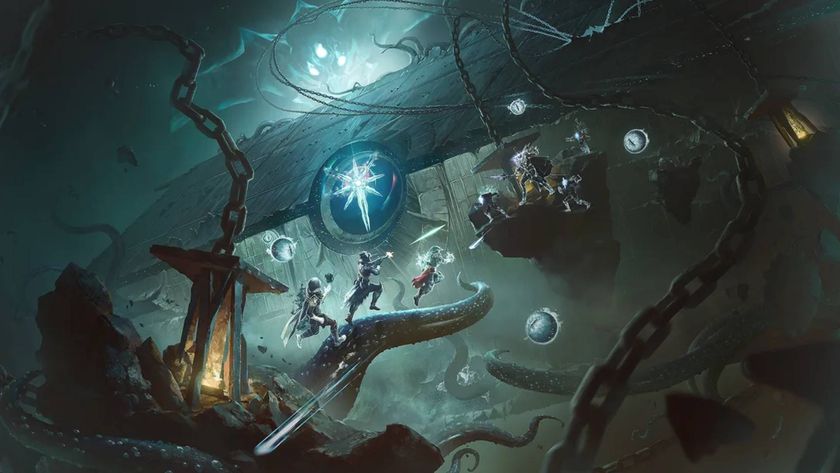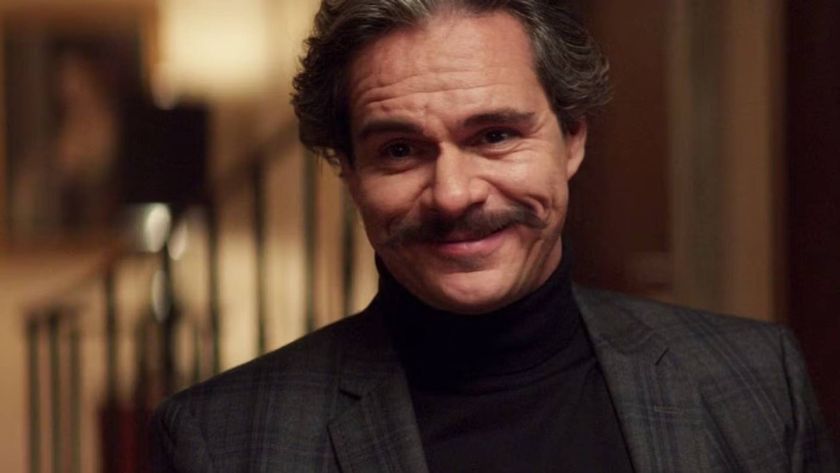Why Far Cry 3 is the best Assassin's Creed of 2012
The brotherhood has a new member
Great artists steal

At the tail end of 2012, Ubisoft Montreal rolled out two of the year's biggest games: Assassin's Creed III, and Far Cry 3. One was a beautiful free-roaming adventure filled with climbing, stabbing, hunting and exploration, with an engaging main character who leads a downtrodden people in revolt against red-clad oppressors. The other was Assassin's Creed III.
We kid, of course. Created by a different team at the same studio, Far Cry 3 cribs so many gameplay ideas from Assassin's Creed's playbook that it almost feels like a legit entry in that franchise. Sometimes, it even executes those ideas better than ACIII did. How could The Adventures of Gun-Happy Rich Kid and His Magic Tattoo ever surpass the game with Connor and the American Revolution? Read on, and we'll show you. Also, be warned: The final two entries contain spoilers. So don't, like, read this backwards or anything?
Far Cry's radio towers are essentially AC's Viewpoints
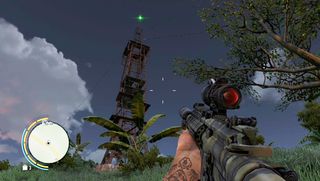
Climbing Viewpoints--specially marked towers that reveal new chunks of the game world on our map--has always been one of the highlights of Assassin's Creed. At their best, Viewpoints feel like unique puzzles, challenging us to find a path up to their impossible heights through historically important architecture.
Far Cry 3 doesn't just steal the concept of Viewpoints--it goes for a "less is more" approach, giving us just 18 climbable radio towers that reveal strips of the map once summited. These are twisted, dizzyingly rickety frameworks that--considering you don't have any real climbing abilities--take a bit of thought and experimentation to get up. And where ACIII dropped the ball when it rubber-stamped a few too many identical trees and churches into the world after running out of landmarks, the radio towers are all unique--making their eventual panoramic looks at the surrounding landscape just a bit more rewarding.
It brings back gliders and parachutes
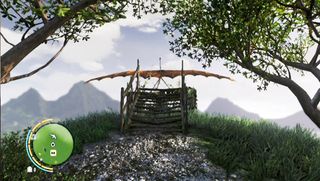
We didn't particularly miss Da Vinci's aeronautical inventions while we were playing Assassin's Creed III, but they were still a fun way to get around in Venice, Rome, and Constantinople as Ezio. Where ACIII decided to cut them out entirely (except for one brief, mildly hilarious cameo by the Da Vinci glider), Far Cry 3 goes a step further and expands their role as tools for open-world exploration.
Now hang gliders are just something people leave lying around in convenient locations, and grabbing one lets us take in the scenery in ways Connor could only dream of. That's to say nothing of the wingsuit we get late in the game, which--along with its attendant parachute--makes us want to do nothing but find the highest spots on the island and leap off them, all the time.
First-person assassinations are satisfyingly nasty

Killing enemies at close range, particularly with the awesome Hidden Blade, has always been one of Assassin's Creed's big draws. And while we can't find any fault with ACIIIs badass combat, there's definitely something to be said for getting the drop on a guy in first-person, and getting to stare into his terrified, wide-eyed face as you jam a machete into his neck before knifing the dude standing next to him, then yanking his knife out of its sheath and throwing it into the face of a third guy standing 20 feet away.
Sign up to the 12DOVE Newsletter
Weekly digests, tales from the communities you love, and more
Not only is that brief look into your enemys startled face more immediately affecting than a prolonged dying speech about how misguided you are, but the ensuing carnage that can erupt from that moment is a lot more fun. And its even better if you can get above your foes for an air takedown; somehow, their faces seem even more shocked when theyre on the business end of a flying down-thrust to the heart.
Its assassinations are actually fun
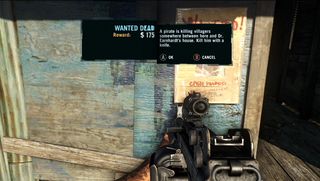
Assassin's Creed III is packed with some really fun side missions (its naval missions, its treasure hunts, and so on), but its actual titular assassinations are weirdly flat. Go to an icon on the map, talk to a guy, and a bunch of other icons show up on your map. Travel to them and kill marked thugs (which can be done with a single pistol shot), and the mission's complete.
Far Cry 3, meanwhile, injects a little more variety into its targeted killings, sending us off to find an enemy leader surrounded by deadly underlings. We can deal with the underlings in any way we see fit--going loud with machine-gun fire, picking them off one by one with a sniper rifle, or just ignoring them entirely--but their leader has to be killed with a knife, up close, the way God intended. It couldn't be any more Assassin-y if we dipped a feather in their blood afterward.
Stealth and preparation can make a big difference
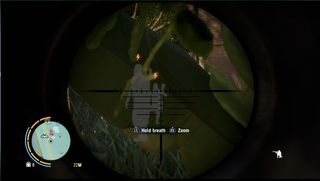
Sneaking has always been an oddity in Assassin's Creed games; in theory, it defines the characters and their tactics. In practice, said characters are all indomitable ninja badasses, so there's no real reason to bother with stealth unless a mission specifically demands it. Sure, you can mess with guards and pick them off one by one, but then you're just toying with them; it's far more efficient to just wade into your enemies and slash them all to death.
You can do that in Far Cry 3, but sometimes it's more fun--and more effective--to sneak. Charging into a base full of enemies will make them call in more enemies for a longer, tougher fight, but crouching in some nearby tall grass, using your camera to "mark" each hostile, and then carefully picking them off with a silenced sniper rifle is often a much surer path to success. It's truer to the spirit of Assassin's Creed, if not its reality.
Upgrades make you feel like an incredibly adept fighter
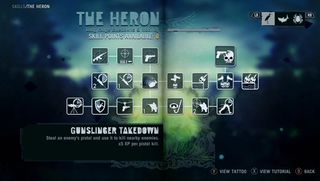
Assassin's Creed games have always had some kind of leveling system in place, whether it's Altair earning new abilities or Ezio buying better equipment. Where ACIII mostly confined this idea to weapon upgrades (which weren't always clearly useful), Far Cry 3 gives us a literal level-up system, letting us unlock 54 upgrades and perks while also buying mods for our ever-growing arsenal of firearms. Where Connor is always a badass, Jason Brody becomes a badass through our investment and effort--and in some ways, that's much more meaningful.
Given enough time, Brody goes from a weakling who can barely shoot straight to a nigh-invincible murder machine that moves almost invisibly through cover with the speed of a tiger, soaks up immense amounts of damage, and can chain together multiple rapid kills if he can catch just one enemy unawares. These tweaks give us something to work toward, and they keep us much more invested than wed be if Far Cry 3 had stopped at weapon upgrades.
It has the fewest tailing missions
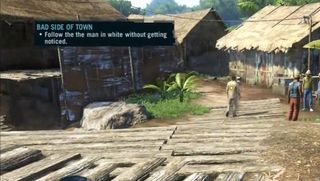
Nobody really likes tailing missions. Which is to say, nobody likes them at all. Ever. They're slow, tedious, and demanding, and yet they've remained a staple of open-world games since about Grand Theft Auto III. So we tolerate them, because enduring occasional tedium is just part of the price we pay for enjoying huge, open worlds. ACIII seems to mistake "tolerate" for "enjoy," however, with slow on-foot shadowing sequences that force you to stay within eavesdropping range or risk botching an optional mission objective (and then have to replay the mission later if you want all the achievements).
Far Cry 3, meanwhile, throws maybe one or two tailing missions at us. Three? It's hard to remember, because they're so short and forgiving. In lieu of never playing another tailing mission ever again, we'll happily settle for that.
Liberating bases lets you use them
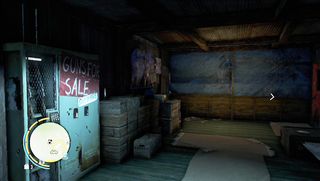
Going around to Assassin's Creed III's handful of British forts--many of which were hidden and had to be discovered on foot--was enjoyably repetitive, just like igniting Borgia Towers or taking back Assassin Dens in Ezio's games. Where Ezio could actually hang out in ACR's Assassin Dens, however, there wasn't a whole lot to do in ACIII's forts. Liberating them just filled them with guys who were indifferent to you, gave you a new fast-travel point, and let you check another box off your list.
Liberating bases in Far Cry 3, meanwhile, is not only less repetitive--each is staffed by different configurations of guards, all of whom need to die--but once they're yours, you can duck inside, refill your ammo, maybe find a collectible, and take a breather. They're safe havens. They unlock new side missions. And the blue-clad guys who now guard them actually react to you as a comrade, instead of as some weird-looking tourist. Speaking of which
Your allies don't turn on you the second you put them in power

There's something just a little off about the Rakyat, Far Cry 3's tattooed guerrilla freedom fighters, but unlike ACIII's more familiar Patriots, they at least remember who you are. As the tide of war turned in ACIII's version of America, the sight of red coats gradually gave way to blue ones--but the differences ended there. In spite of Connor's pivotal role in the Revolution, the Patriots didn't cut him any more slack than the British did, and were just as quick to give chase and open fire if they saw him doing anything suspicious.
The Rakyat don't care if you run around or shoot guns. Hell, they don't care if you loot their dead friends' corpses right in front of them, or if you're creepy enough to shoot and skin a dog. They're just happy you're there to help. And that's enough to make you feel good about winning a war for them.
Most Popular




